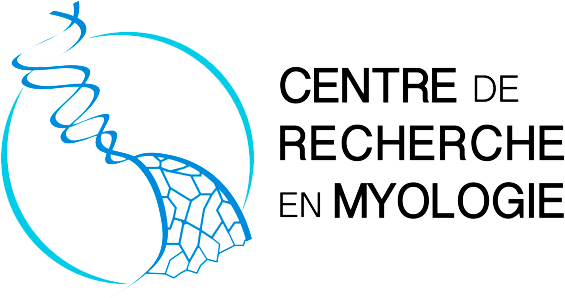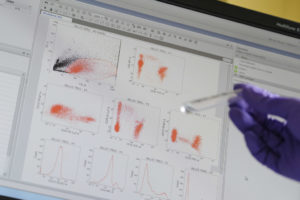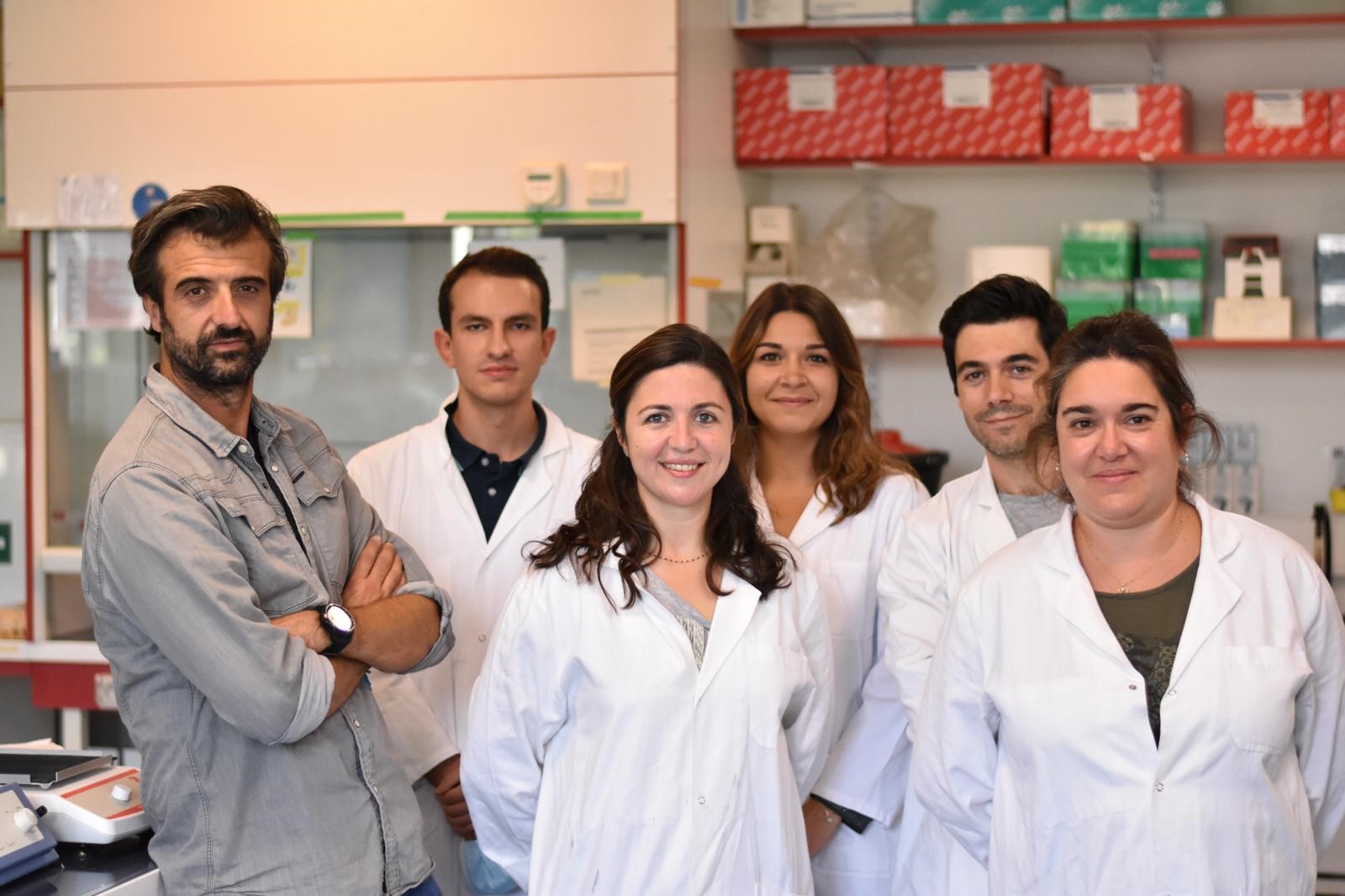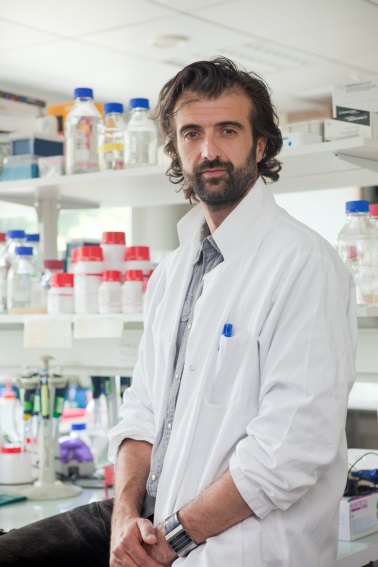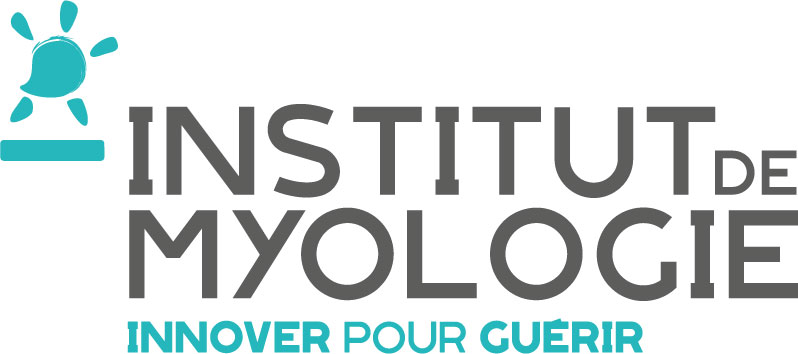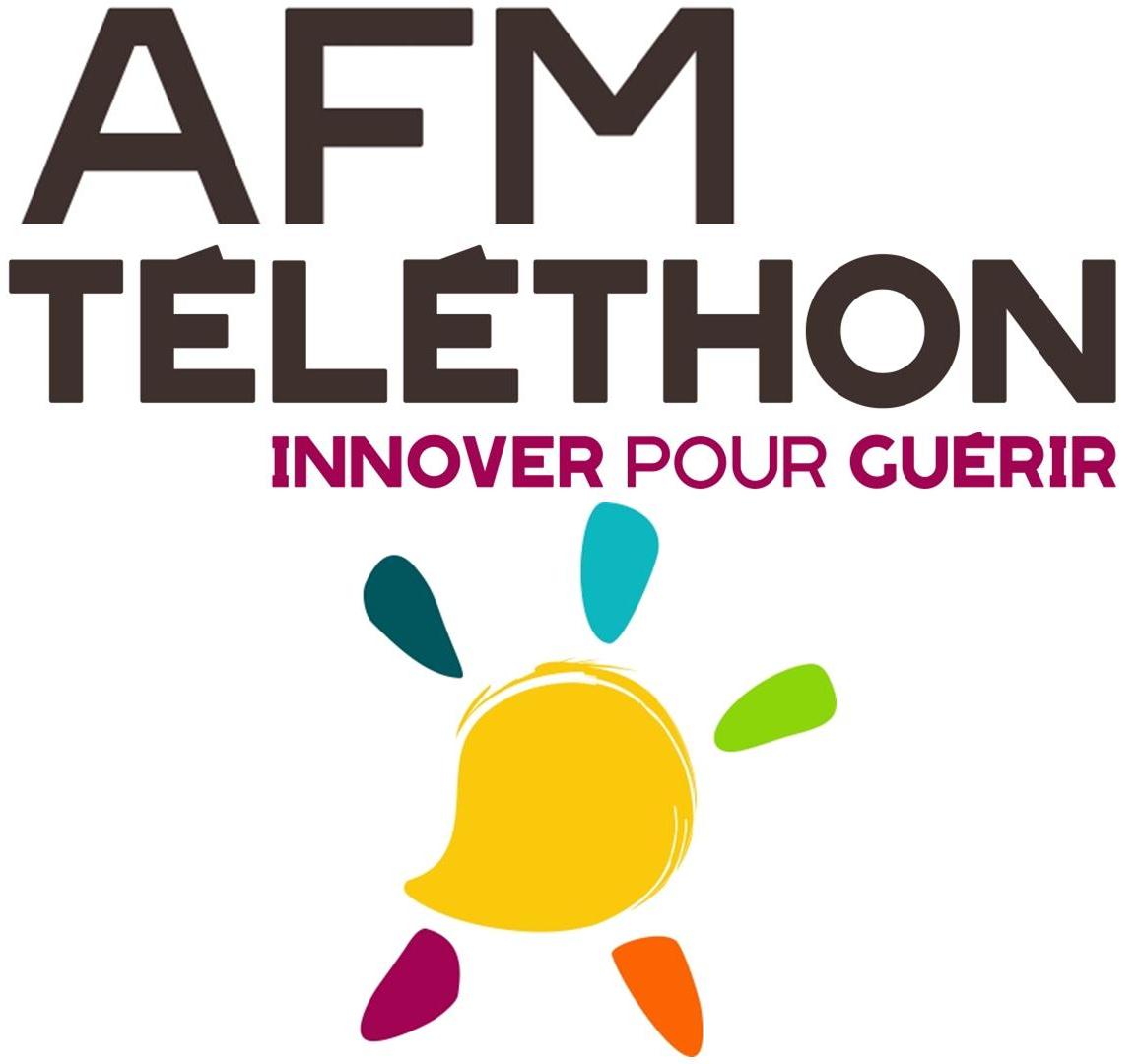Signal pathways and striated muscles
Striated muscles account for about 40% of total body weight, contain 50-75% of the body’s total protein and contribute significantly to multiple body functions. There are two types of striated muscle: skeletal and cardiac muscles. They share a common architecture characterized by a very particular and well described arrangement of muscle cells and associated connective tissues.
Muscular dystrophies correspond to a family of muscle diseases characterized by weakness and progressive muscle degeneration. At the skeletal muscular level, they manifest themselves by a decrease in muscle strength (muscular dystrophy), and a lack of mobilité́ joints (muscle retractions) that begin in childhood or in young adults. The decrease in muscle strength leads, in a few cases, to a loss of independent walking, making it necessary to use a power wheelchair to get around. These are diseases of genetic origin. There are several forms that differ in the age of onset of symptoms, the nature of the muscles affected and their severity. At the cardiac level, the presence of abnormalities is observed at a more or less advanced age, mainly in the form of dilated cardiomyopathy, which is the main cause of death and makes the severity of these diseases. At present, there is no curative treatment available.
Our group is particularly interested in studying the molecular and cellular mechanisms involved in two muscular dystrophies: Duchenne muscular dystrophy and Emery-Dreifuss muscular dystrophy. It appears important and necessary to increase our knowledge of the pathophysiology of muscular dystrophies and cardiomyopathies in order to unveil the cellular/molecular mechanisms that will allow us to target future therapeutic approaches. We are studying in vitro and in vivo models of these pathologies and developing novel pharmacological therapies based on our discoveries.
Our research is based on 3 axes:
- Tissue organization of striated muscles in health and pathology
- Signalling pathways regulating the links between structure and function in striated muscles
- Control of striated muscle gene expression through signalling pathways
| Name | Position | ORCID |
|---|
- Gaelle Bruneteau, Stéphanie Bauché, Jose-Luis Gonzalez de Aguilar, Guy Brochier, Nathalie Mandjee, et al.. Endplate denervation correlates with Nogo-A muscle expression in amyotrophic lateral sclerosis patients. Annals of Clinical and Translational Neurology, 2015, 2 (4), pp.362-372. ⟨10.1002/acn3.179⟩. ⟨hal-01118997⟩
- Sophie Nicole, Amina Chaouch, Torberg Torbergsen, Stéphanie Bauché, Elodie de Bruyckere, et al.. Agrin mutations lead to a congenital myasthenic syndrome with distal muscle weakness and atrophy. Brain - A Journal of Neurology , 2014, 137 (9), pp.2429-2443. ⟨10.1093/brain/awu160⟩. ⟨hal-03863959⟩
- Stéphanie Bauché, Delphine Boerio, Claire-Sophie Davoine, Véronique Bernard, Morgane Stum, et al.. Peripheral nerve hyperexcitability with preterminal nerve and neuromuscular junction remodeling is a hallmark of Schwartz-Jampel syndrome. Neuromuscular Disorders, 2013, 23 (12), pp.998-1009. ⟨10.1016/j.nmd.2013.07.005⟩. ⟨hal-03993872⟩
- Gaëlle Bruneteau, Thomas Simonet, Stéphanie Bauché, Nathalie Mandjee, Edoardo Malfatti, et al.. Muscle histone deacetylase 4 upregulation in amyotrophic lateral sclerosis: potential role in reinnervation ability and disease progression. Brain - A Journal of Neurology , 2013, 136 (8), pp.2359-2368. ⟨10.1093/brain/awt164⟩. ⟨hal-03993882⟩
- Nicolas Vignier, Fatima Amor, Paul Fogel, Angélique Duvallet, Jérôme Poupiot, et al.. Distinctive Serum miRNA Profile in Mouse Models of Striated Muscular Pathologies. PLoS ONE, 2013, 8 (2), pp.e55281. ⟨10.1371/journal.pone.0055281⟩. ⟨hal-02336920⟩
- Asma Ben Ammar, Payam Soltanzadeh, Stéphanie Bauché, Pascale Richard, Evelyne Goillot, et al.. A Mutation Causes MuSK Reduced Sensitivity to Agrin and Congenital Myasthenia. PLoS ONE, 2013, 8 (1), pp.e53826. ⟨10.1371/journal.pone.0053826⟩. ⟨hal-01537840⟩
- I. Wargon, P. Richard, T. Kuntzer, D. Sternberg, S. Nafissi, et al.. Long-term follow-up of patients with congenital myasthenic syndrome caused by COLQ mutations. Neuromuscular Disorders, 2012, 22 (4), pp.318-324. ⟨10.1016/j.nmd.2011.09.002⟩. ⟨hal-03863780⟩
- Karen Gaudon, Isabelle Pénisson-Besnier, Brigitte Chabrol, Françoise Bouhour, Laurence Demay, et al.. Multiexon deletions account for 15% of Congenital Myasthenic Syndrome with RAPSN mutations after negative DNA Sequencing. Journal of Medical Genetics, 2010, 47 (12), pp.795. ⟨10.1136/jmg.2010.081034⟩. ⟨hal-00574007⟩
- A. Ben Ammar, F. Petit, N. Alexandri, K. Gaudon, Stéphanie Bauché, et al.. Phenotype genotype analysis in 15 patients presenting a congenital myasthenic syndrome due to mutations in DOK7. Journal of Neurology, 2010, 257 (5), pp.754-766. ⟨10.1007/s00415-009-5405-y⟩. ⟨hal-03864208⟩
- Valérie Risson, Laetitia Mazelin, Mila Roceri, Hervé Sanchez, Vincent Moncollin, et al.. Muscle inactivation of mTOR causes metabolic and dystrophin defects leading to severe myopathy. Journal of Cell Biology, 2009, 187 (6), pp.859-874. ⟨10.1083/jcb.200903131⟩. ⟨hal-02126916⟩
